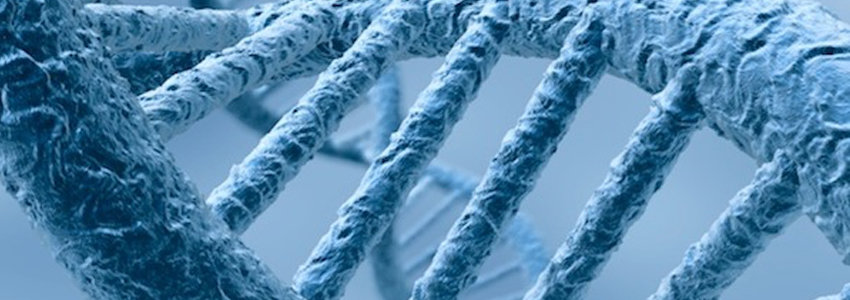Findings emerging from an international study have shown as many as 32 new genetic regions linked to bone conditions like osteoporosis and easy occurrence of fractures. It was observed in this study that any variation in these 32 regions makes a person either more susceptible to weakening bones and subsequent development of osteoporosis or shields them against such conditions. (1)
The findings which were published in the online medical journal Nature Genetics clearly shows the way to the development of new osteoporosis drugs. According to Dr. John Ioannidis, chief of the Stanford Prevention Research Center and one of the study’s authors and the methodological leader of the consortium, “We’re learning that the genetic architecture of disease is very complex.” (2)
The risk of fractures of the femur (thigh bone) as well as that of lower back was linked to 6 specific regions of the gene in the research that consisted of seventeen separate studies observing data of 100,000 persons.
Some of the other findings of the research were:
- Those with highest number of variations in their genes linked to decreased bone mineral density were 1 ½ times more likely to develop osteoporosis than those with an average number of variants.
- The risk for fractures was mildly higher than the likelihood of developing osteoporosis – in those who had a high number of variants.
- The people with highest variations in their genes were 3-4 times more likely than those with the lowest number of variants to develop weaker bones and fractures.
The authors qualified their findings with the fact that despite the meta-analysis of a large population, it would be difficult to predict who is at greater risk for bone disease. As per Ioannidis, “As a result, the next step of incorporating this information into basic patient care is not clear. Each variant conveys a small quantum of risk or benefit. We can’t predict exactly who will or won’t get a fracture.” (2)
In the U.S alone there are approximately 10 million individuals suffering from osteoporosis. 34 million more people are estimated to have low bone density pegging their risk of developing osteoporosis and frequent fractures. (3)
The researchers across the seventeen studies observed that many regions of the genes as well as genes themselves clustering within particular pathways. This revealed the mechanism of the bone weakening disease. There ran a possibility that more regions of genes could be identified that are involved in the regulation of osteoporosis and fracture risks.
The good news is that the linkage of these 32 new regions of the genes to the risk of osteoporosis has shown some pathways involved in bone health which were earlier not implicated. This would give a clue to the scientific community on the development of new anti-osteoporosis drugs.
However, Ioannidis added a word of caution on the conclusions made from the study, “In reality, there may be 500 or more gene variants regulating osteoporosis. To find all of them, we’ll need to study millions of patients. Is this unrealistic? I don’t think so. Sooner or later this will be feasible.” (4)
The genome-wide association study covered North America, Europe, East Asia and Australia spanning over a decade.
SOURCES:
- Certain Genetic Regions May Be Tied to Osteoporosis; Medicine Net; April 2012; http://www.medicinenet.com/script/main/art.asp?articlekey=157115
- New genetic regions linked to bone-weakening disease and fractures, researcher says; Stanford School of Medicine – News; April 2012; https://med.stanford.edu/news/all-news/2012/04/new-genetic-regions-linked-to-bone-weakening-disease-and-fractures-researcher-says.html
- Fast Facts; National Osteoporosis Foundation; April 2012; http://www.nof.org/node/40
- New Genetic Regions Linked to Bone-Weakening Disease and Fractures; Science Daily News; April 2012; http://www.sciencedaily.com/releases/2012/04/120415151337.htm?utm_source=rss1.0&utm_medium=feed&utm_campaign=Feed%3A+sciencedaily+(ScienceDaily%3A+Latest+Science+News)
Technical report of the study may be accessed at:
- Genome-wide meta-analysis identifies 56 bone mineral density loci and reveals 14 loci associated with risk of fracture; Nature Genetics; April 2012; http://www.nature.com/ng/journal/vaop/ncurrent/full/ng.2249.html





Article Comments